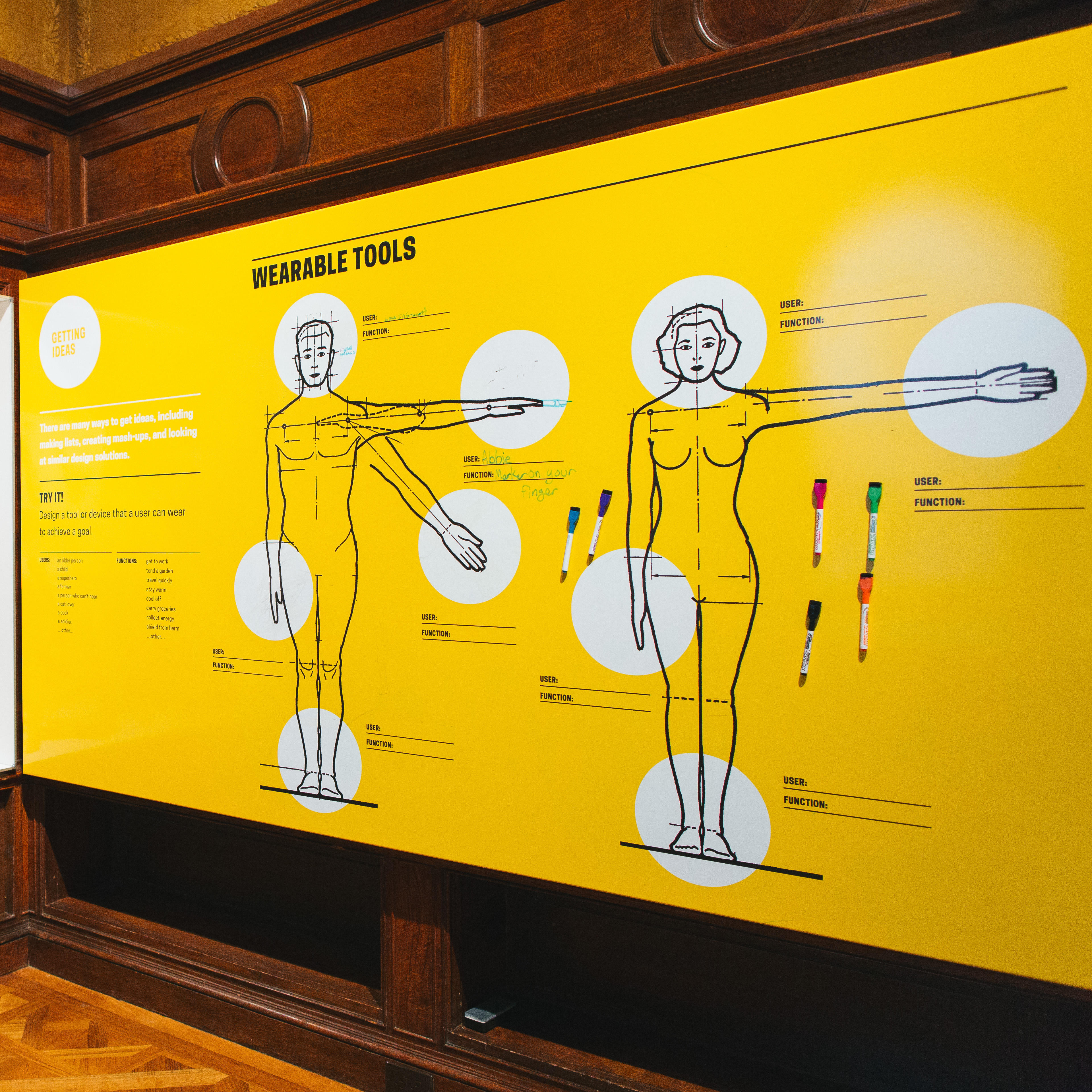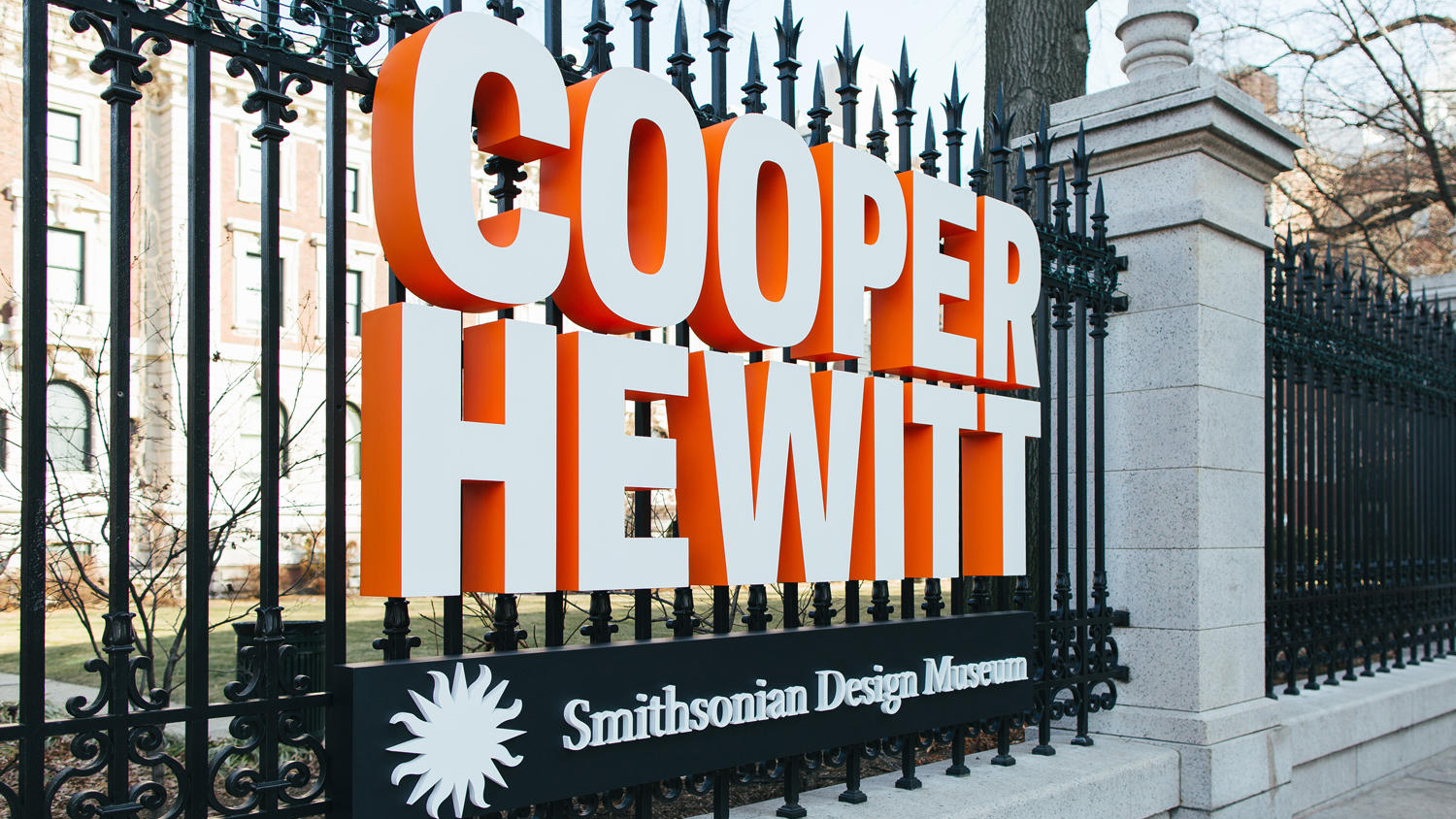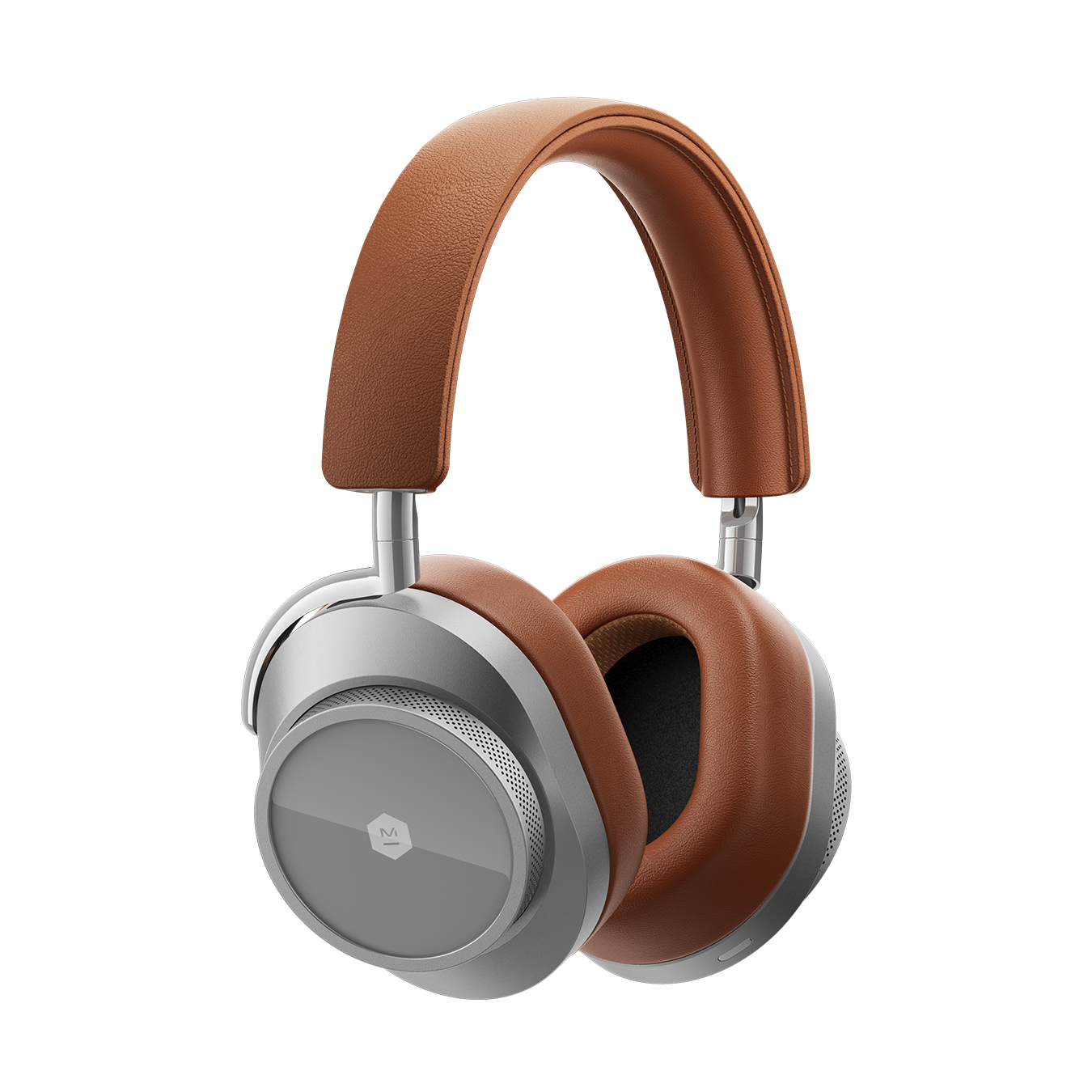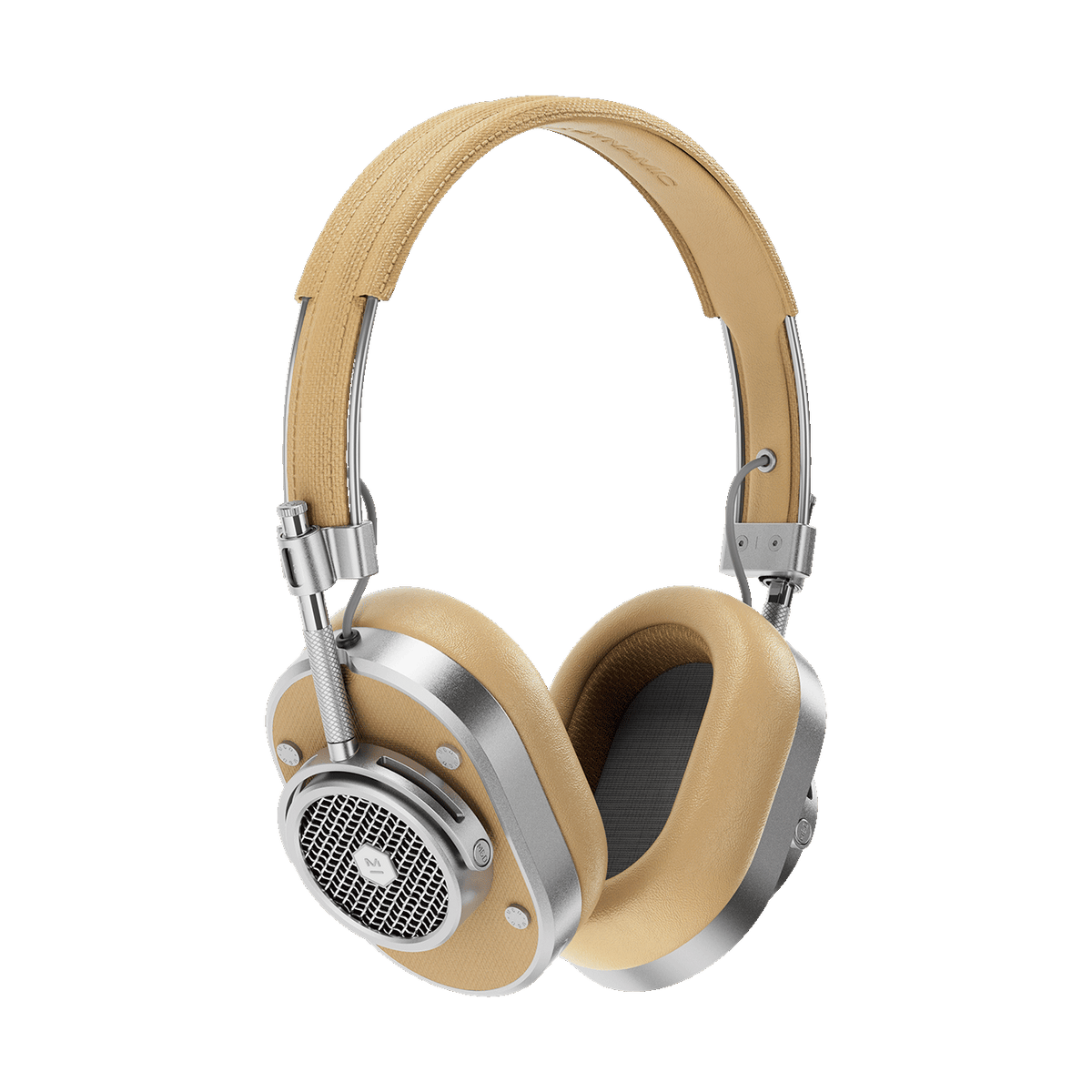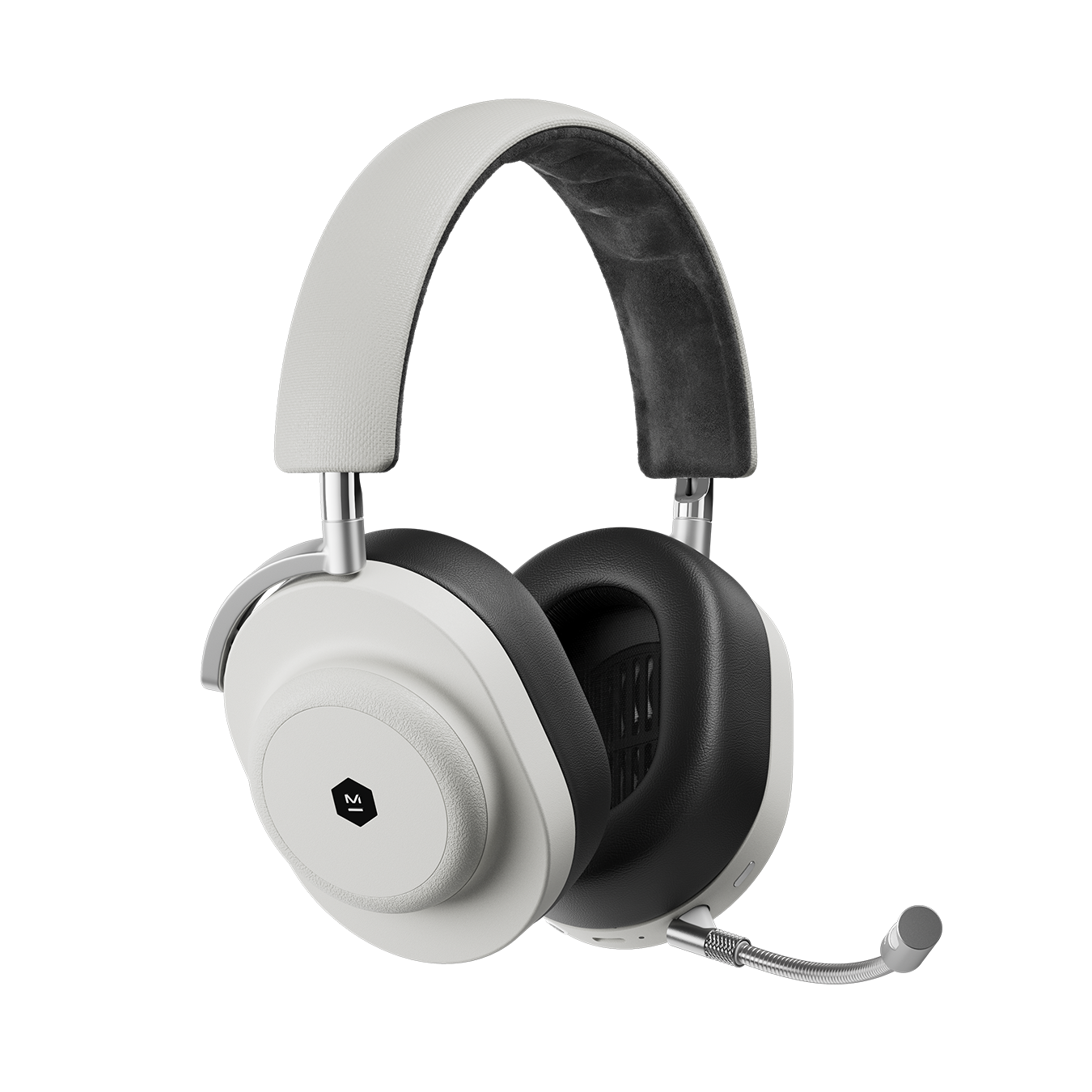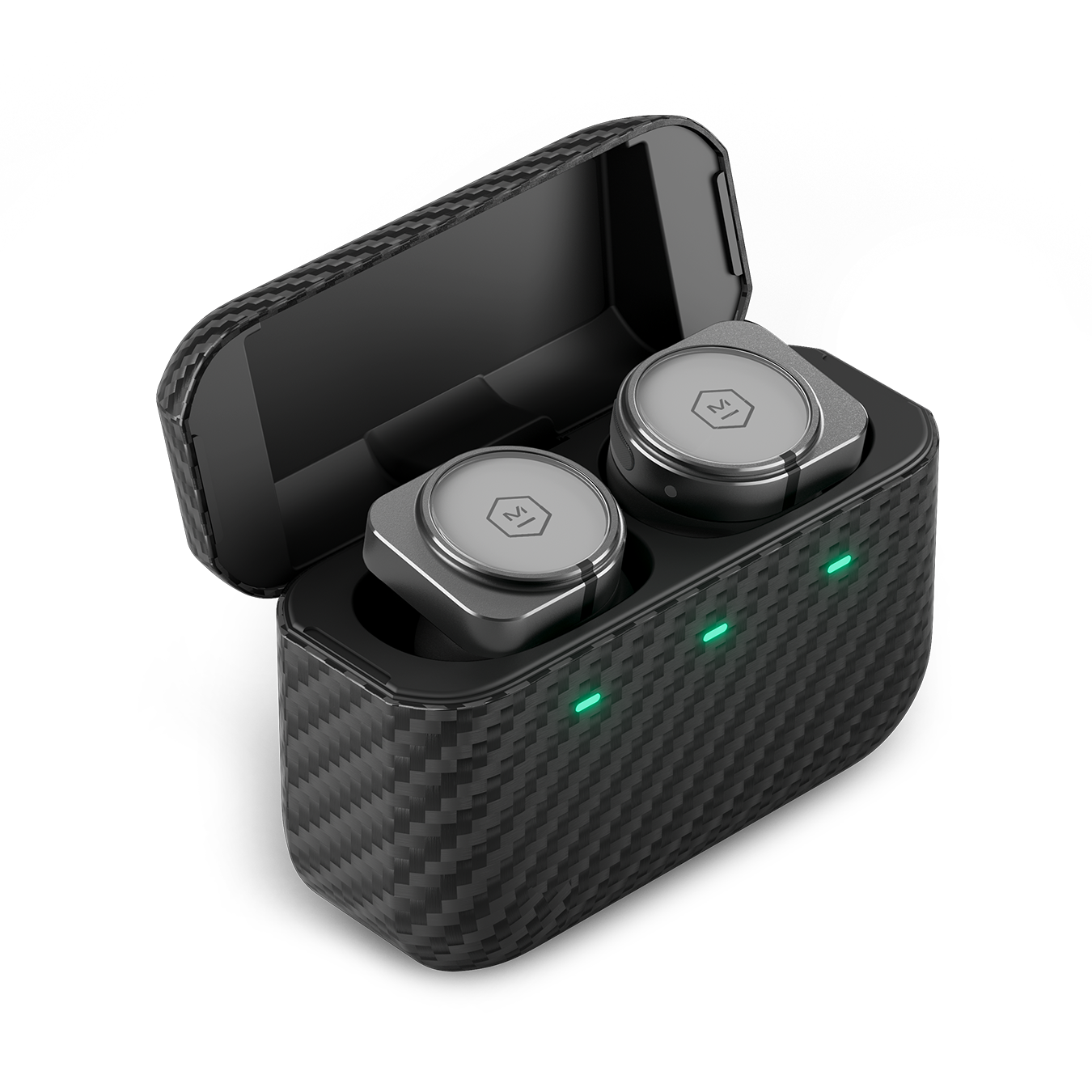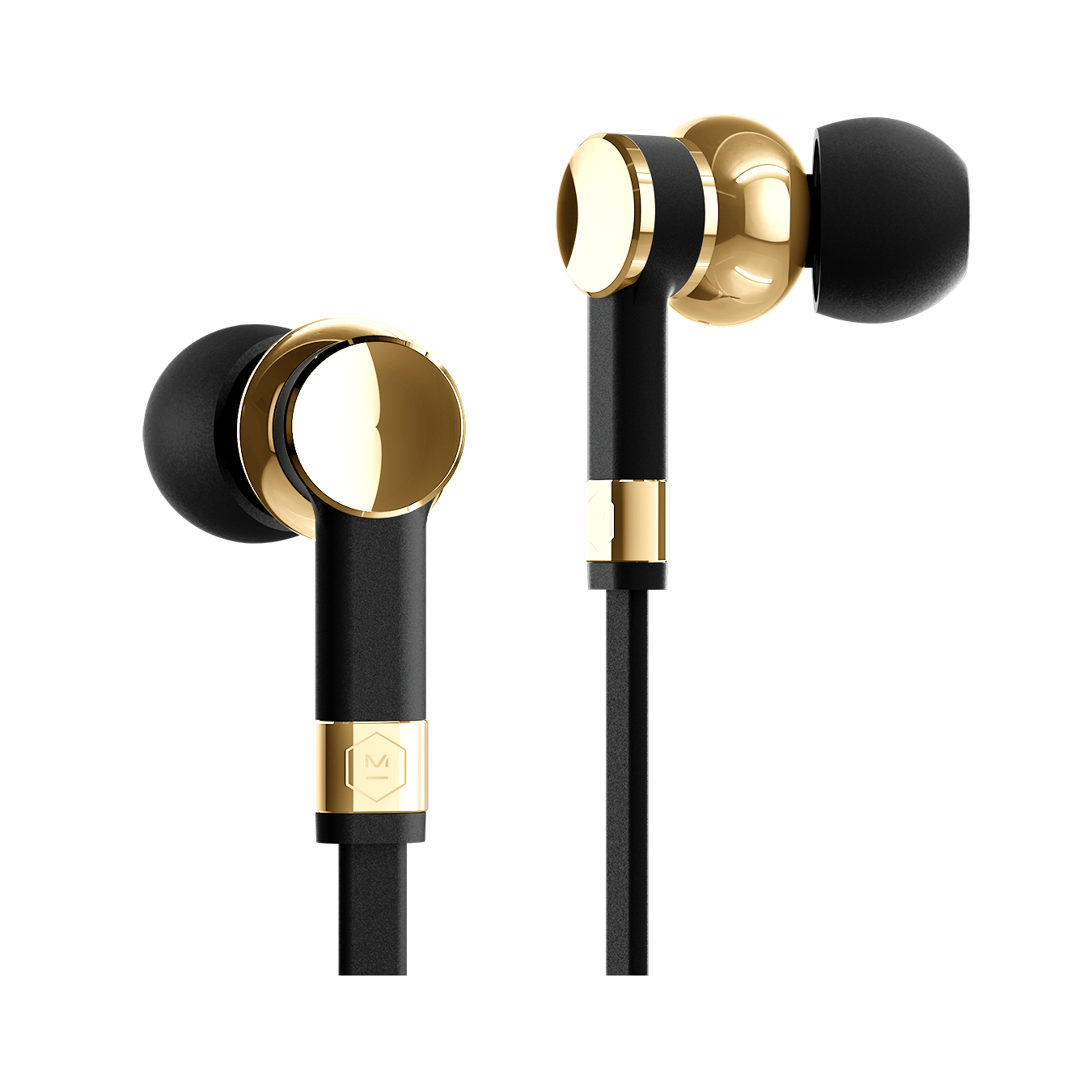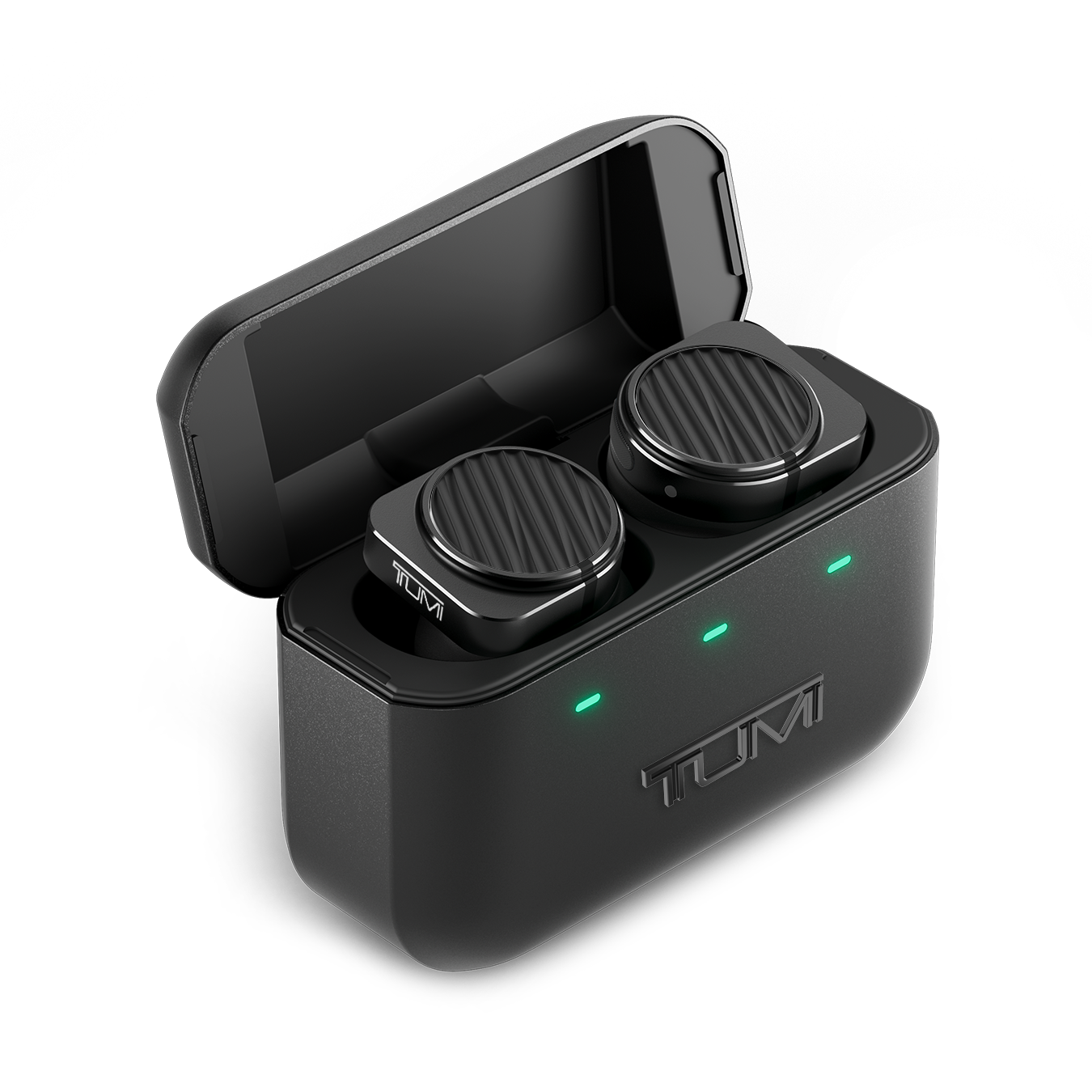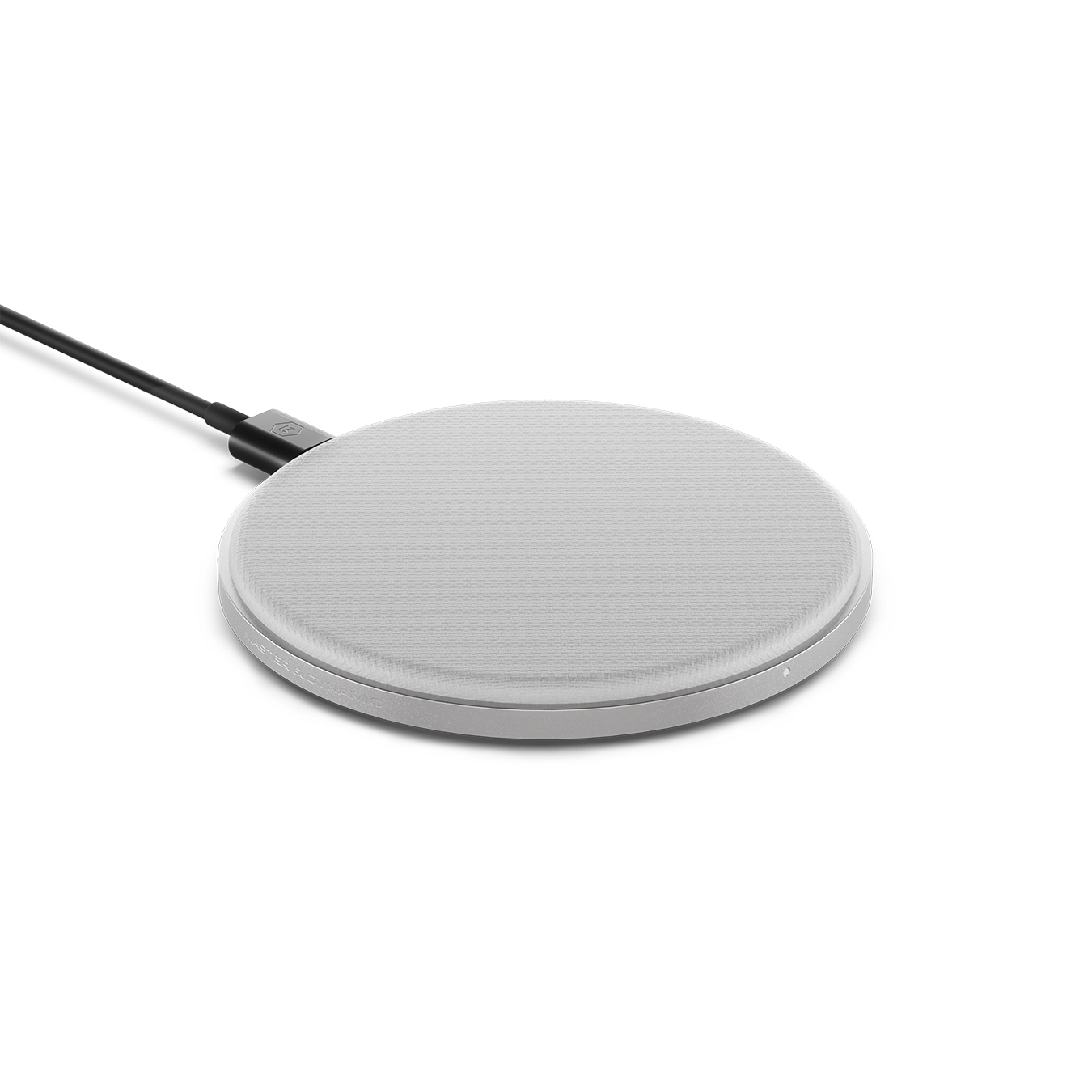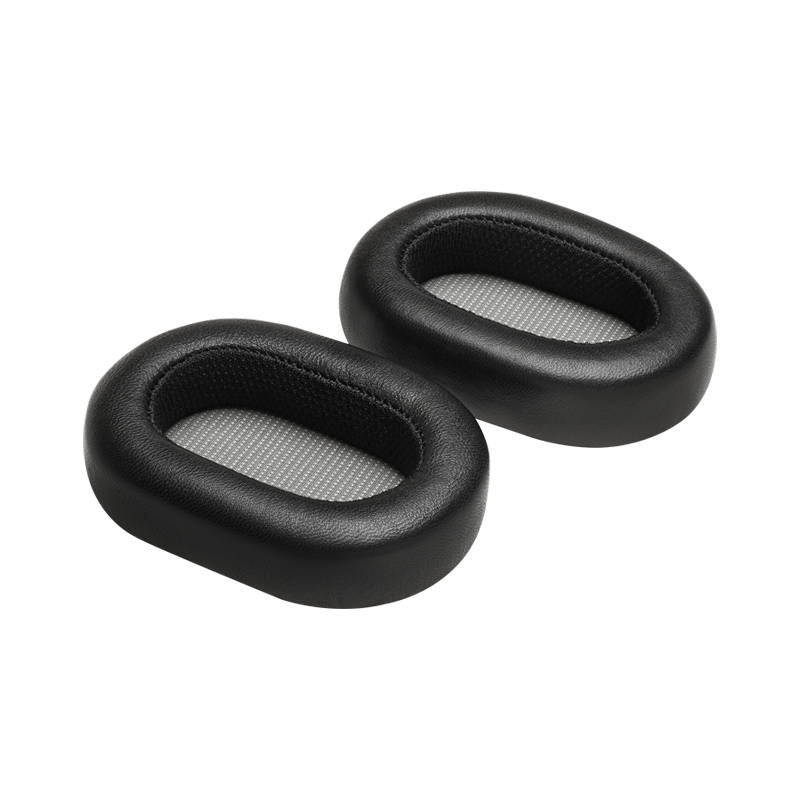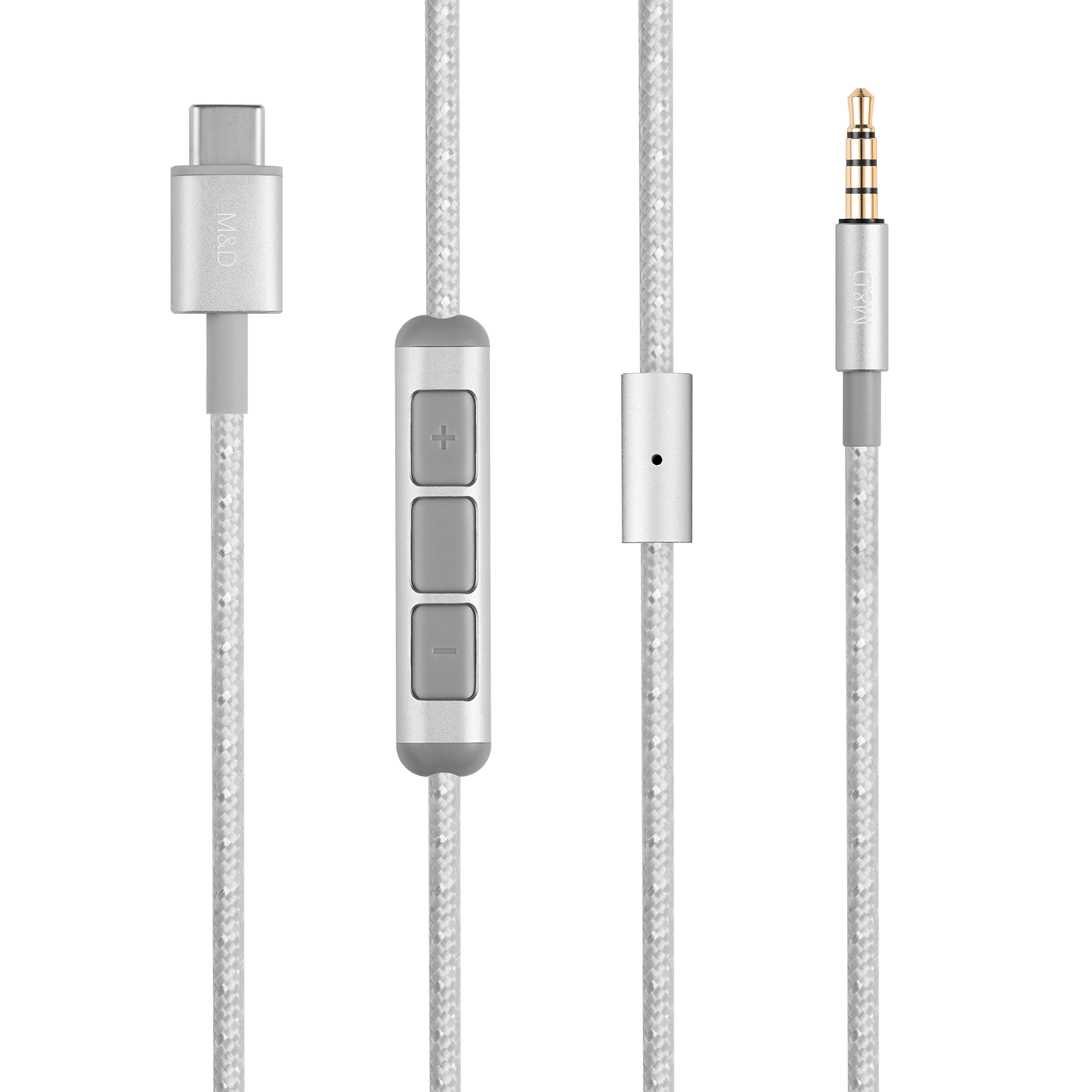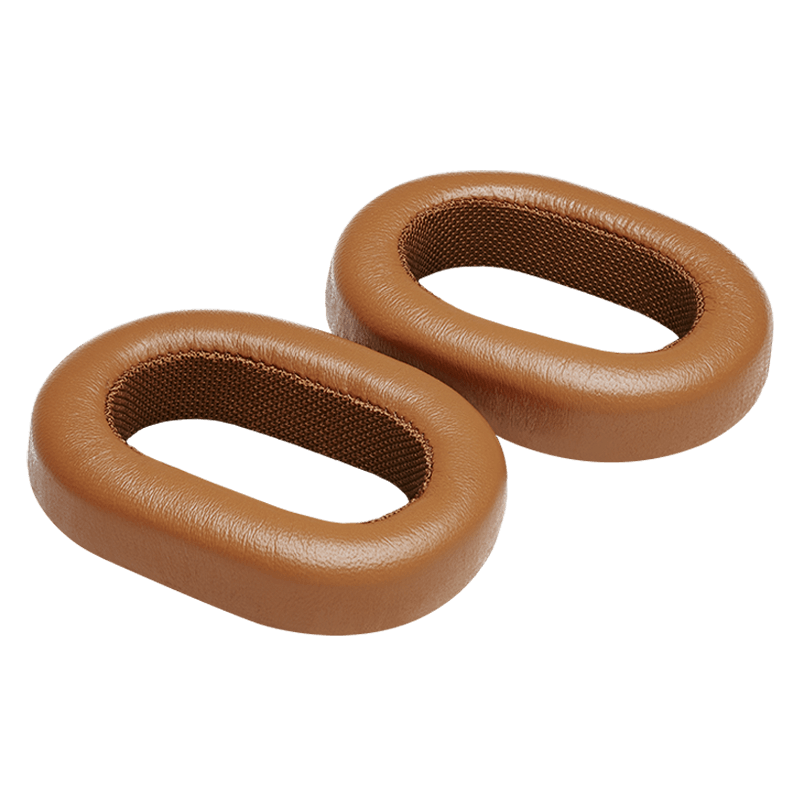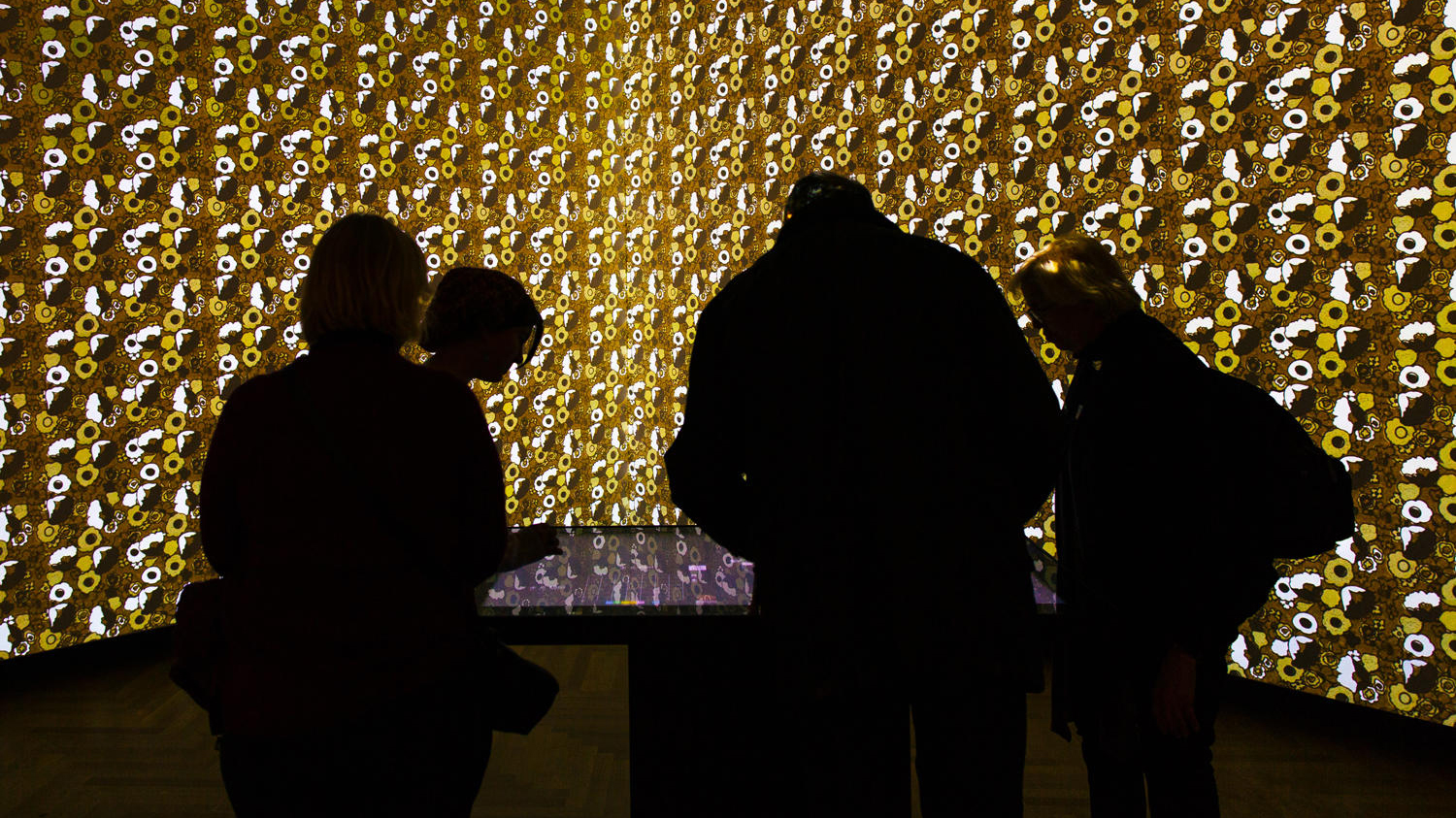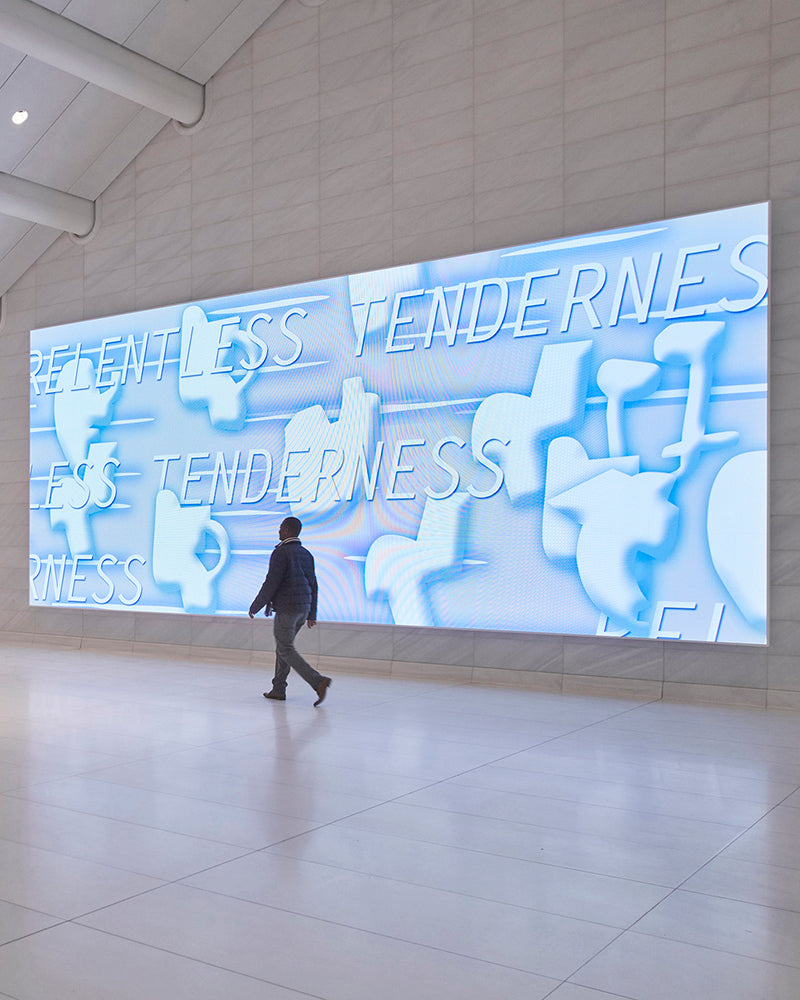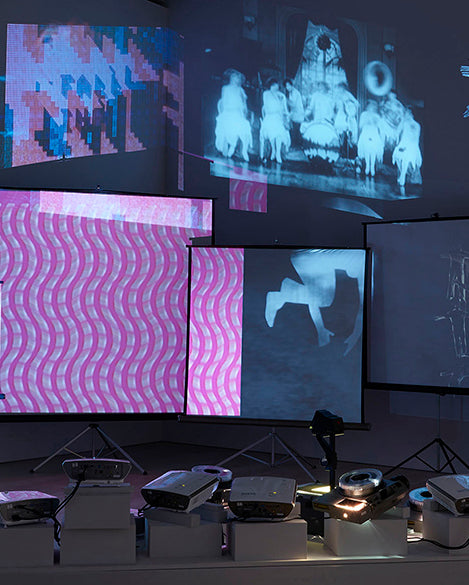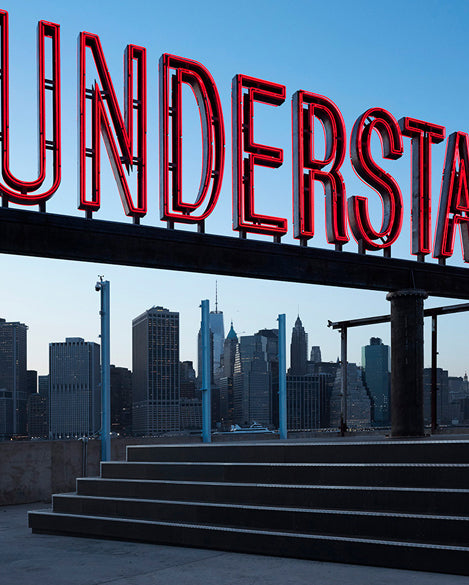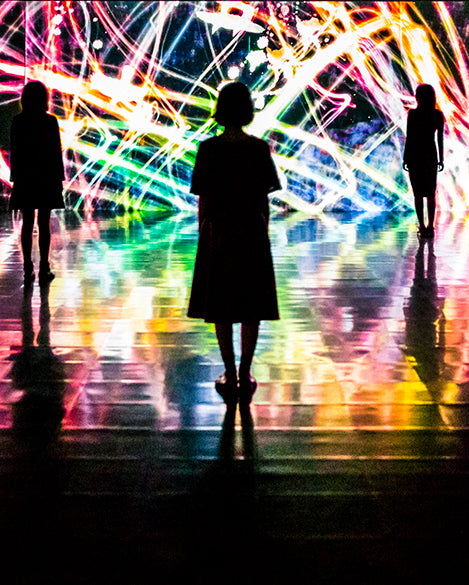In a late nineteenth-century mansion in Manhattan, the ambient glow of a touchscreen table illuminates intricate gilded walls and ornate wood paneling — the interplay between past and present at a museum of the future. Recently reopened following a $91 million, three-year renovation process, the Cooper Hewitt, Smithsonian Design Museum (now simply Cooper Hewitt) is a bastion of old-world architecture and new-world technology.
Located in Andrew Carnegie's Georgian-style mansion across from Central Park on 91st Street and Fifth Avenue, the new Cooper Hewitt is the result of no fewer than thirteen different architecture firms collaborating on various elements of the new experience. Amidst expertly restored stained glass and baroque molding sit sleek, modern cases housing everything from an artificial heart to a 3D printer designed for use in zero gravity. Upon arrival, visitors are presented with a black pen-like device for use on any of the seven 4K-resolution, Ideum-designed touchscreen tables positioned throughout the building. Using their assigned "pen" and the tables' projected capacitive touch technology, visitors can zoom, drag and drop items in the Collection Browser application, exploring the museum's archive in an unprecedented manner.
The museum's opening exhibits — "Tools: Extending Our Reach and Beautiful User"— highlight the design interaction between man and machine, precisely what the redesigned museum experience itself seeks to accomplish. This is most evident through two highly interactive exhibits intended to place visitors in the mindset of a designer: the Immersion Room and Process Lab. In the second-floor Immersion Room, a large touchscreen table faces two blank walls. Circular patterned "swatches" drift across the table's surface — from a 1928 sand dune design to an overlapping chair motif from 2010. Using their assigned "pen," users can select a pattern to be projected onto the blank walls, creating an immersive experience that showcases the ambience that scale, shape and color can accomplish.
In the Process Lab, visitors are prompted to solve real-world design problems with activities based in four categories: ideation, prototyping, critiquing and evaluation. Once again adopting the role of designer, visitors are able to "invent" new products based on everyday items, brainstorm new features for popular designs and experiment with the effects of light, transparency and reflectivity via a hands-on station by Lindsey Adelman Studio. The lab engages visitors by creating a dialog with the Cooper Hewitt collections, not simply imparting information, but also encouraging participation and feedback. Continuing the experience even after they have left the museum, visitors' assigned pens keep a digital record of their visit that can be accessed later via an online account.
Blending historical and futuristic, physical and digital, the new Cooper Hewitt is a multifaceted journey into the mind of a designer. The true innovation is not the integration of past and present, but rather the use of this integration to make the museum experience a human experience. When we switch from observers to creators and see every object as a human design — one with a complex genesis, disparate applications and unrealized potential — that is when we truly glimpse the future.

